Invoice exchange in the high-end version
The term e-invoicing has been buzzing around for several years, fired by the Tax Simplification Act 2011, the implementation of XRechnung and the ZUGFeRD standard of the Forum elektronische Rechnung Deutschland. Word has got around that the sending of invoices has become easier in the course of digitalisation and that a lot of money can be saved by turning away from the classical paper dispatch. But which technology is the right one for your company's individual requirements?
What is an electronic invoice?
In addition one must explain, which E-Invoicing actually exactly means. Because the term is interpreted very generously. Some even speak of sending an invoice as a PDF document by e-mail - regardless of whether the recipient then prints it out and treats it as a classic paper invoice.
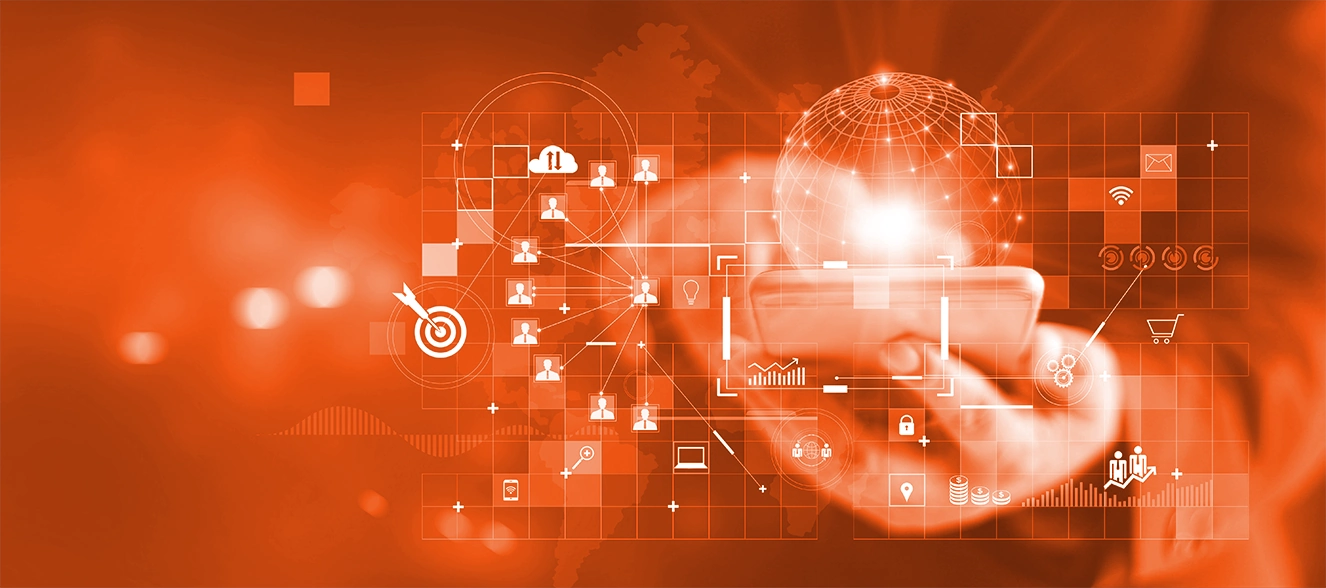
Without human intervention
The upper end of the spectrum - the high-end version so to speak - would be if invoice information were to be transferred from the sender system to the recipient system completely electronically and automatically - without human intervention and that someone would look at the invoice again, without erroneous typing of data in ERP systems, long waiting times until payment (and associated reminder fees) etc...
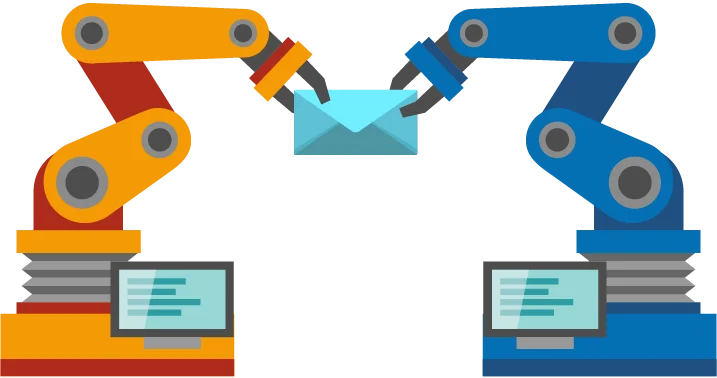
The technology for this has existed for much longer than XRechnung, ZUGFeRD and the Tax Simplification Act: Electronic Data Interchange, EDI for short. Not the latest trend and as middleware technology with a somehow "technically complicated" image. However, the fact that EDI is much simpler and that there are now clear, easy-to-use tools available shows i‑effect®, the solution for electronic data exchange and data integration on IBM Power Systems. IBM i users can now start exchanging invoices without any problems, even in the high-end version.
Guide for the data - the mapping
The EDI converter converts the sender's invoice information from its original format into a format that the recipient can process and then transmits this information electronically. The source is any interface format (database, XML, flat file, etc.). At IBM, for example, it is the DB2 database table. From there, the user moves the required fields (for example, invoice date, invoice number, invoice amount) in a graphical application to the middle area. This process can be imagined as a guide for the data. Here the data is adjusted as required (removing leading zeros, changing the date format, rounding...) and then converted, i.e. transformed from e.g. DB2 into an EDIFACT-INVOIC data structure.
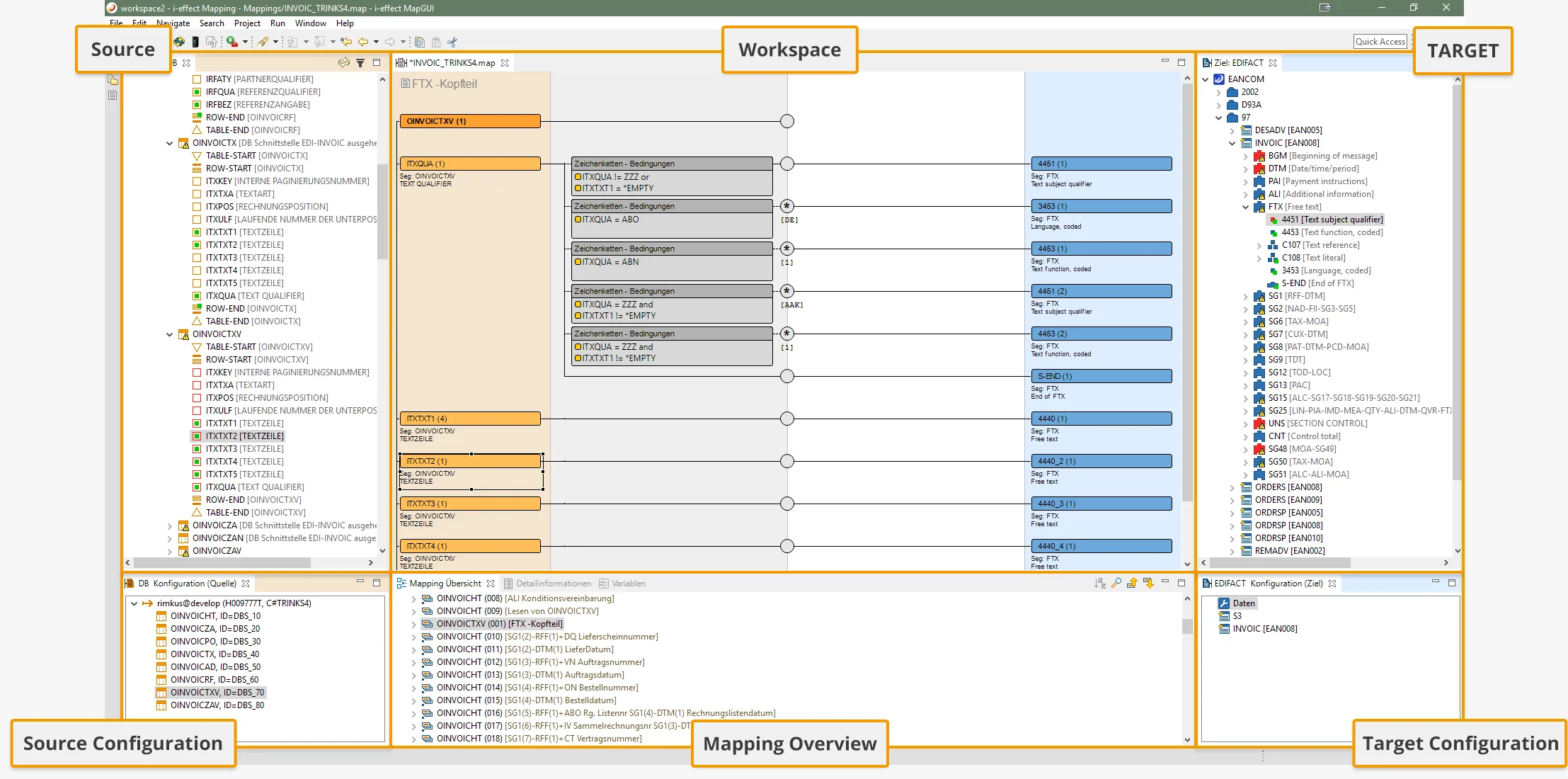
Finally, the EDIFACT file is sent via any communication protocol, e.g. via AS2 (Applicability Statement 2, a standard for secure message transport via the Internet). Moreover, the sender can always monitor the entire conversion and dispatch process in the browser using i‑effect® Webcontrol.
Ahead of all other transmission types
It is obvious that such automated processes result in the true savings potential in electronic invoice processing - compared to all other forms of invoice transfer, including ZUGFeRD. Delivery is virtually time loss-free, there are no media breaks, the susceptibility to failure is minimal, as is personnel costs. All cash discount and payment deadlines are met and the company saves significantly on postage, paper and printing costs. In comparison: 11.10 € (4.50 €)[Z1] costs a conventional paper (electronic) invoice, if one adds all fixed and variable costs of the traditional invoice dispatch once together.
The legal requirements are therefore in place: the Tax Simplification Act and the E-bill Act, which transposed the provisions of EU Directive 2014/55 of 16 April 2014 into national law (thus creating a binding legal basis for the receipt and processing of electronic invoices by public-sector customers). It can be assumed, for example, that in ten years' time incoming invoices will arrive almost completely in digital form in the company.
ZUGFeRD
The standard format for electronic invoices developed originally for B2B purposes by the German government and industry, goes one step further: The carrier format here is a PDF/A-3 document. This means that the invoice can be displayed visually, but it also contains a data part in which structured data is embedded in a firmly defined XML format. The invoice recipient can electronically extract this data from the XML and process it automatically without manual effort. The current ZUGFeRD version 2.0 is called "Factur-X" at European level. This is a format for the exchange of hybrid invoices developed jointly between Germany and France. It complies with the standard for electronic invoicing (EN 16931) developed by the European Standards Organisation CEN.
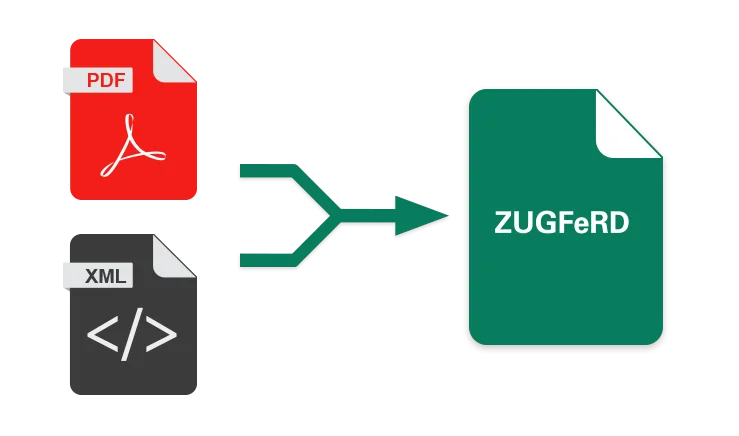
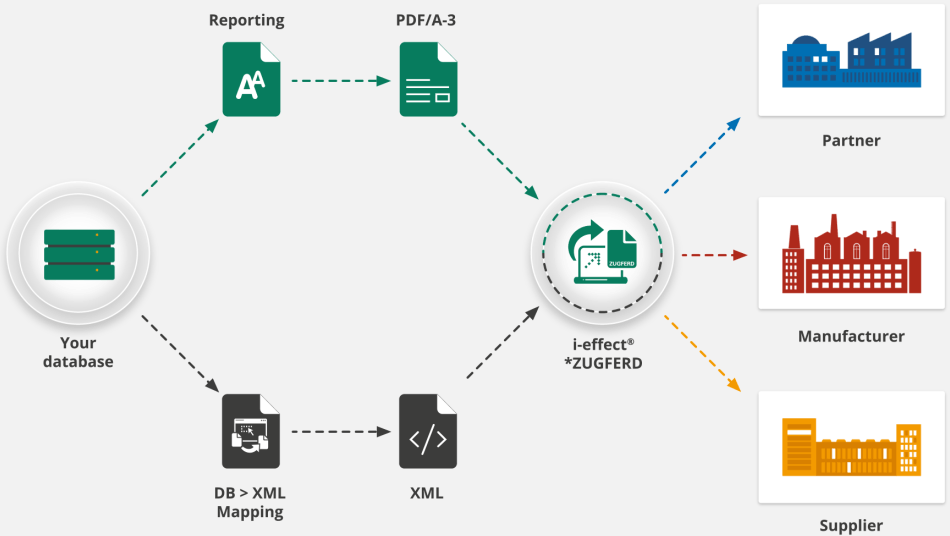
XRechnung
On the other hand, the other invoice format XRechnung responds as a pure XML structure exclusively to the requirements of the so-called supplier obligation ("Lieferantenverpflichtung"), which is derived from EN 16931. This electronic format has been mandatory since November 2021 when sending invoices to the federal government.
If you still rely on ZUGFeRD or have to use XRechnung, i‑effect® also offers a solution for you: Since version 2.7 there are the modules *XRECHNUNG and *ZUGFeRD. Due to the seamless integration in i‑effect® and its modules, the data can be easily created for the invoice output and processed for the invoice receipt.

Contact
We will be happy to advise you personally and compile
an individual concept with you. Request now without obligation.
